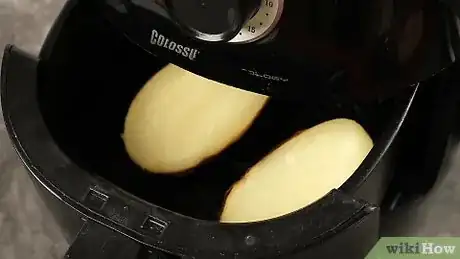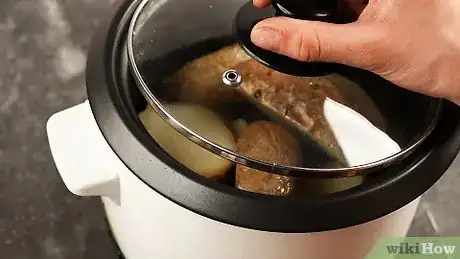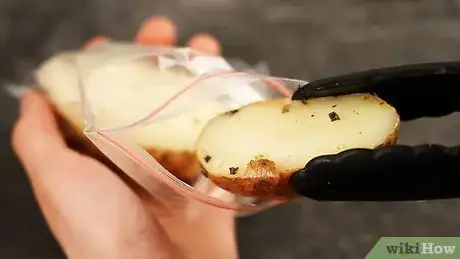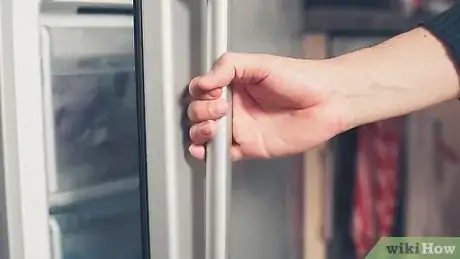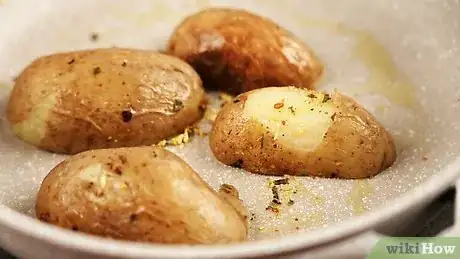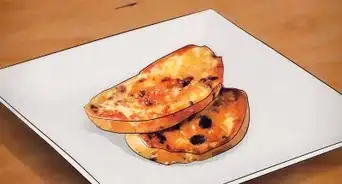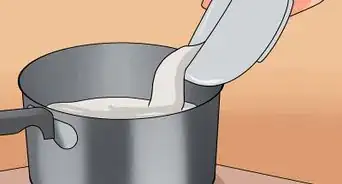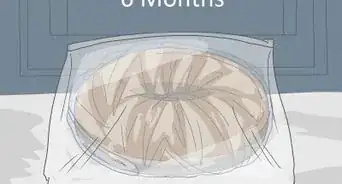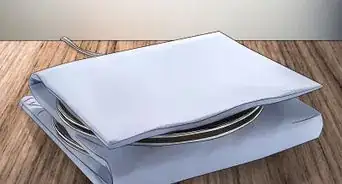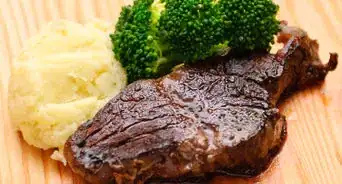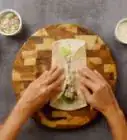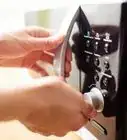This article was co-authored by wikiHow staff writer, Dan Hickey. Dan Hickey is a Writer and Humorist based in Chicago, Illinois. He has published pieces on a variety of online satire sites and has been a member of the wikiHow team since 2022. A former teaching artist at a community music school, Dan enjoys helping people learn new skills they never thought they could master. He graduated with a BM in Clarinet Performance from DePauw University in 2015 and an MM from DePaul University in 2017.
There are 8 references cited in this article, which can be found at the bottom of the page.
The wikiHow Culinary Team also followed the article's instructions and verified that they work.
This article has been viewed 1,020 times.
Learn more...
Nothing beats a good baked potato—they’re cheap, delicious, and easy to make in bulk. If you’ve got some leftover spuds, you’re probably wondering how to reheat them without losing the fluffy texture and crispy skin that makes them so mouth-watering. No matter which appliances you’ve got in your kitchen, there’s a quick and easy way to make it happen. In this article, we’ll show you how to reheat your baked potatoes in the oven, microwave, and more. Let’s dig in!
Things You Should Know
- Reheat baked potatoes in the oven at 350 °F (177 °C) for 20 minutes for the best, crispiest results.
- To microwave, slice your potato in half and cover it with damp paper towels. Heat for 2-3 minutes on high.
- Air fry your baked potato for 3-4 minutes at 350 °F (177 °C) to 400 °F (204 °C), then check to see if it’s heated through.
Steps
Warnings
- Do not cool or store baked potatoes in aluminum foil. The foil traps the potato’s internal heat and moisture, which enables botulism-causing bacteria to grow.[18]⧼thumbs_response⧽
References
- ↑ https://friskyforks.com/can-you-reheat-a-baked-potato-what-to-do-with-your-left-over-baked-potato/
- ↑ https://bbqrevolt.com/guides/how-to-reheat-a-baked-potato/
- ↑ https://bbqrevolt.com/guides/how-to-reheat-a-baked-potato/
- ↑ https://spoonuniversity.com/how-to/the-2-best-ways-to-reheat-a-baked-potato
- ↑ https://insanelygoodrecipes.com/how-to-reheat-a-baked-potato/
- ↑ https://bbqrevolt.com/guides/how-to-reheat-a-baked-potato/
- ↑ https://insanelygoodrecipes.com/how-to-reheat-a-baked-potato/
- ↑ https://recipethis.com/how-to-reheat-a-baked-potato/
- ↑ https://bbqrevolt.com/guides/how-to-reheat-a-baked-potato/
- ↑ https://foodsguy.com/refrigerate-baked-potatoes/
- ↑ https://foodsguy.com/refrigerate-baked-potatoes/
- ↑ https://bbqrevolt.com/guides/how-to-reheat-a-baked-potato/
- ↑ https://foodsguy.com/refrigerate-baked-potatoes/
- ↑ https://www.statefoodsafety.com/Resources/Resources/is-my-baked-potato-safe-to-eat
- ↑ https://www.fsis.usda.gov/food-safety/safe-food-handling-and-preparation/food-safety-basics/danger-zone-40f-140f
- ↑ https://spoonuniversity.com/how-to/the-2-best-ways-to-reheat-a-baked-potato
- ↑ https://bbqrevolt.com/guides/how-to-reheat-a-baked-potato/
- ↑ https://www.statefoodsafety.com/Resources/Resources/is-my-baked-potato-safe-to-eat

